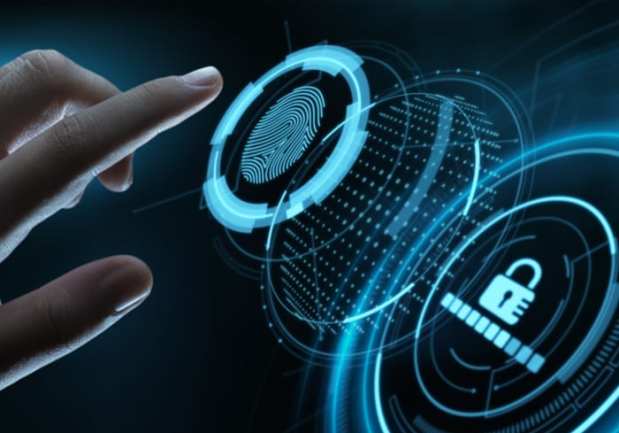How Digital Verification Creates Seamless Experiences For Shoppers

In the digital age of subscription boxes and rideshares, consumers expect seamless experiences, whether they are ordering clothes for their wardrobes or hailing rides to their destinations. And the onboarding process can be a key factor for merchants: If those steps are too time-consuming, consumers may give up and choose to purchase from another service instead.
However, there isn’t one set solution to meet all customer expectations, according to the Digital Customer Onboarding Tracker. While some customers may prefer to complete a registration or application completely online, others might want to use on-premise devices or self-service kiosks instead.
With these various preferences in mind, merchants must ensure their onboarding experiences are as quick and painless as possible, regardless of the channel. These are just some of the ways merchants – as well as technology providers – are using biometrics or other digital innovations to onboard customers or help them make purchases:
Almost three quarters – or 74 percent – of customers consider security the most important element of their online experience. The 2018 Singles’ Day, for instance, shone a light on the preference of consumers in China to use biometrics to pay for items. According to a report, 60.3 percent of customers paid by fingerprint or by taking a selfie during the event. And China’s Payment and Clearing Association also found in a 2016 survey that 95 percent of people were aware of fingerprint recognition to make payments. In the same year, slightly more than 70 percent of users were okay with paying with biometrics, but that figure increased to 85 percent in 2017.
And 72 percent of consumers want all-digital onboarding systems. Once travelers find the listings they want to book at outdoor RV and camper van rental marketplace Outdoorsy, they are presented with pages that request information such as their drivers’ licenses and dates of birth. The company then pulls a report and uses machine learning to evaluate the potential renter’s record. Approximately 33 percent of the company’s inventory can be booked instantly, but some owners require travelers to message them instead. Overall, the platform’s booking experience is similar to the home sharing platform Airbnb, as users can enter their location and select their reservation dates to find vehicles.
Just under seven in 10 – or 69 percent – of all online shopping carts are abandoned before checkout. However, retailers are looking to combat the problem. Walmart recently tested a new payments approach to boost online conversions. The company’s Walmart Labs technology arm found that most declined purchases were soft declines, which are due to issues such as an unavailable issuer or a server timeout. Walmart’s Product Analytics Manager of Payments Ling Jing said in a blog post, “To save the orders dropped off from soft declines, we implemented a feature that automatically resends the same card/name/address information the customer had previously entered after the payment receives a soft decline.”
More than half – or 59 percent – of flyers think biometrics at TSA checkpoints would make travel safer. CLEAR’s enrolled customers can use their biometric identity anywhere the firm operates, which was in about 25 major airports throughout the U.S. as of last August. In many ways, as Clear President and Co-founder Ken Cornick noted in a previous PYMNTS interview, the airport is in many ways the ideal starting place for this kind of technology. “First of all, if it’s strong enough to get on an airplane with, you can use it anywhere,” he said at the time. With CLEAR, enrolled customers can walk up, scan their fingerprint and move directly to the TSA full screening instead of spending time in the pre-screening line.
The projected value of the global automated fingerprint identification system by 2026 is $26.55 billion. And technology providers are taking note of fingerprint identification: In January, for instance, WhatsApp was gearing up to add fingerprint scanning for Android devices. The new feature, which could boost privacy for users, will enable users to authenticate their identities to unlock their devices. According to a report, the feature was spotted in the beta version for Android 2.19.3 update. The fingerprint security feature, however, is said to only be for unlocking WhatsApp – and not anything inside the messaging platform.
From CLEAR to Outdoorsy, merchants and technology platforms are tapping into biometrics as well as other technologies to smooth the verification and onboarding processes. In the future of commerce, authentication could move beyond biometrics and other kinds of verification technology with blockchain and smart contracts as consumers look for more seamless experiences for onboarding and shopping.
